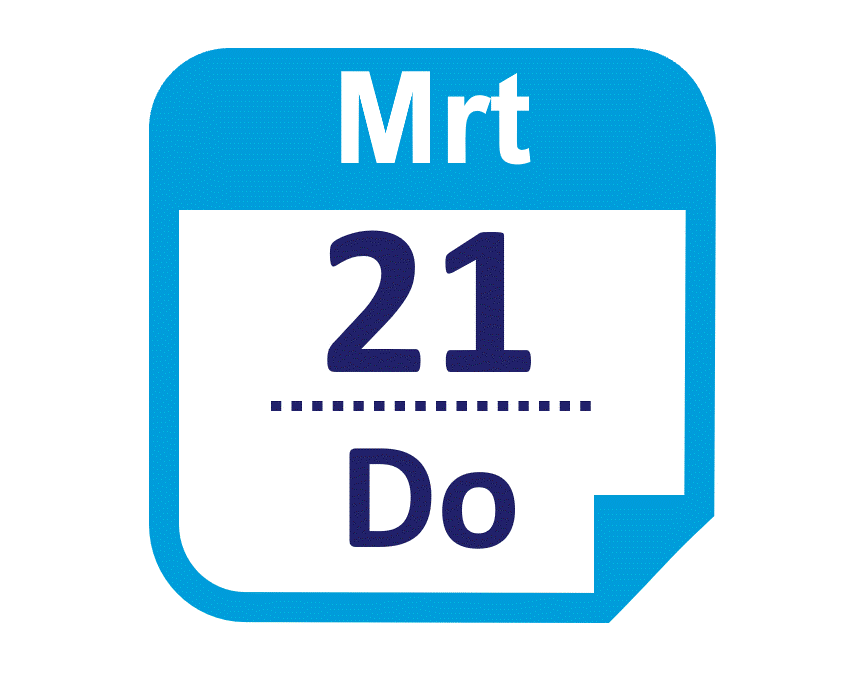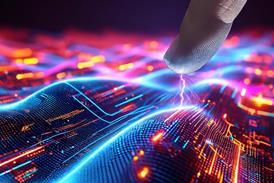Evening lecture by Dr. Lambert van Eijck organized by the Chemische Kring Midden Nederland

Preservation of heritage implies that the diagnosis of the degradation processes needs to be non-invasive itself. This often has the consequence that the applied experimental techniques only detect the outer surface of the object, rendering the degradation processes partially invisible. Complementary to X-ray CT scans, we use neutron CT scans to visualize the interior of solid cast bronzes. This allows museums to choose a well-informed conservation strategy for their collections, but it can also give a wealth of information for historian and curators on customs and craftmanship of ancient societies.
In this colloquium I will present recent results and ongoing research on heritage object and how we exploit the benefits of neutrons as low-energy non-ionizing particles in this field. With the combination of new beam lines and existing infrastructure at the Reactor Institute of TU Delft, we develop methods to obtain the internal structure and composition of the bulk. For heritage artifacts, this often means that the (centuries old) pristine state and composition is revealed and I will show examples on bronzes of the collection of the Rijksmuseum Amsterdam, votive coffins and how we resolved the mystery of the Van Leeuwenhoek microscope.
More information can be found on the website of the lecture.

Venue
Tio University of Applied Sciences, Utrecht
Organiser
Chemische Kring Midden Nederland








